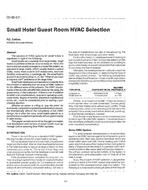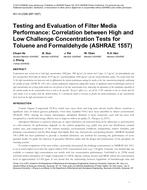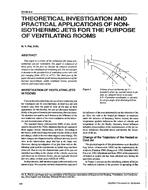This study presents an overview of the development of a novel approach for real-time detection of contaminant source locations in buildings. The approach uses the ability of parallel computational architectures, neural networks, to perform nonlinear mapping of indoor contaminant concentration patterns to source locations. Such an approach is inverse compared to the traditionally used techniques for predicting contaminant dispersion from the known source position. The existing realtime prediction methods for contaminant dispersion include (1) utilization of powerful supercomputers and computational fluid dynamics, (2) application of statistical techniques to precalculated databases of possible contaminant release scenarios, (3) genetic algorithm classification in combination with multizone or outdoor dispersion models, and (4) measuring techniques, such as computed tomography. This study presents advancements from our initial investigation to include more complex applications and neural network generalization. The initial investigation successfully detected a contaminant source within nine indoor zones based on the contaminant concentrations computed by multizone models. This success initiated a generalization of the neural network procedure into the Locator of Contaminant Sources algorithm. Furthermore, the applicability of the developed tool was extended to include a sensor optimization algorithm. Prospective practical applications of the developed algorithms include detection of chemical, biological, or radiological contaminant sources during incidental events, as well as determination of a minimum number and allocation of sensors required for such detection.
Units: Dual
Citation: ASHRAE Transactions, vol. 113, pt. 2
Product Details
- Published:
- 2007
- Number of Pages:
- 9
- File Size:
- 1 file , 3.3 MB
- Product Code(s):
- D-LB-07-017


